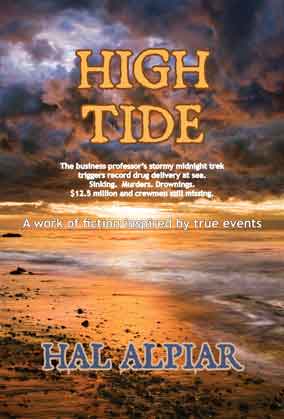Oct 14 2015
DAY 28 – 30 Days To The New Economy
Your Role In History As An Entrepreneur
EDUCATION and TRAINING
Adapted from the book 30 DAYS TO THE NEW ECONOMY by Peggy Salvatore
Over the last few weeks, we discussed the knowledge worker, the learning organization and human capital. All these concepts are built on this one essential tool which is the basic education and formalized training of yourself and your team.
“Real value” starts with solid foundational learning that begins almost at birth because there is so much to know, and we now finally know so much more about how we learn.
Real physical learning —beyond mother, father, sibling and caregiver learning— usually begins in preschool and is enhanced by formal elementary school or home school teaching of young children. By the time young teens enter high education, their paths are often clear.
In the U.S., as children grow into the teen years, the opportunities begin to splinter into specializations in the forms of publicly-funded magnet and alternative schools –and for those who can afford it, private schools– where education is usually more competitive and tracked toward certain university programs.
Some foundational learning can be had online but most still exists almost entirely in a physical setting or classroom building.
But, aha! Much university learning is moving more online which means that both the entrepreneur and his or her team may have specialized learning opportunities to be shared via a global online university.
Private, for-profit online universities often do not have the rigorous entry requirements of a physical university, but the coursework is comparable.
Ongoing adult learning is facilitated through the workplace, often supported by the workplace (or self-driven) using free, non-degree materials available through organizations online.
Nothing speaks more loudly about the way humans seek fulfillment and self-actualization than the proliferation of for-profit online universities, professionally sponsored educational forums and classes, and private businesses dedicated to providing educational products for personal and professional development.
Many private corporations (like the two examples cited below) have been paving the way in recent years with their own in-house proprietary universities:
- In Delaware — parented by BURRIS LOGISTICS the leader in refrigerated trucking services, BURRIS UNIVERSITY — uses community college facilities near its headquarters to teach courses on personal and professional development (including communication and motivation skills) to regular gatherings of managers from BURRIS offices nationwide.
- In New Jersey — 9-State commercial cleaning industry leader HEITS Building Services www.HEITS.com uses it’s own online HEITS UNIVERSITY curriculum to train and certify all employees in subjects like Eco-friendly customer care, bacterial health cleaning, regulation compliance cleaning and maintenance, and equipment and chemical safety . . . and to reinforce franchise owner coaching programs.
In a knowledge-based economy, workers are lifelong learners and achievers.
As an entrepreneur, you will be a lifelong learner absorbing massive amounts of information coming at you. Some of your education will be used just to give yourself and your organization the ability to sort and curate information coming at you in order to more effectively hone in on what’s relevant for driving your own business forward.
Take advantage of being an educated consumer of lifelong learning. That mindset allows you to intelligently filter and absorb the onslaught of information you need to be a true entrepreneurial leader, and to operate effectively in the New Economy.
# # #
C’mon back FRIDAY 10/16 for Day 29 —
ENTREPRENEURIAL HEALTH & WELLNESS. How’s yours?
# # #
SPECIAL A N N O U N C E M E N T
Sign up NOW for NOVEMBER 29th (Sunday Night after Thanksgiving)
LIMITED SEATING COACHING WEBINAR:
“ENTREPRENEURS ARE AGENTS OF CHANGE . . . Accelerating Your Business”
Get fresh, informed, proven insights geared specifically to your business market, your biggest problems, your biggest opportunities.
With Hal and Peggy’s wealth of business coaching experience, you’ll learn how YOU match up with what successful entrepreneurs are thinking and doing RIGHT NOW. Get ideas you never imagined. Gain the traction you need within 2 hours — not days or weeks or months. Simply call 931.854.0474 Central Time: 11AM to 4PM Monday-Friday for details, to explain your business pursuit focus and to reserve your seat! $99 total for 2 hours. Satisfaction Guaranteed.
———-
For more information on Peggy Salvatore’s book: 30 Days to the New Economy [© Peggy Salvatore 2015. All Rights Reserved.] click on ENTREPRENEUR NEWS or visit ow.ly/RysnP for the E-book
# # #
Hal@Businessworks.US Peggy@Businessworks.US
Open Minds Open Doors
Thanks for your visit and make today a GREAT day for someone!






![4753959013_8a41a61f59_z[1]](https://www.halalpiar.com/wp-content/uploads/2015/03/4753959013_8a41a61f59_z1-300x168.jpg)



